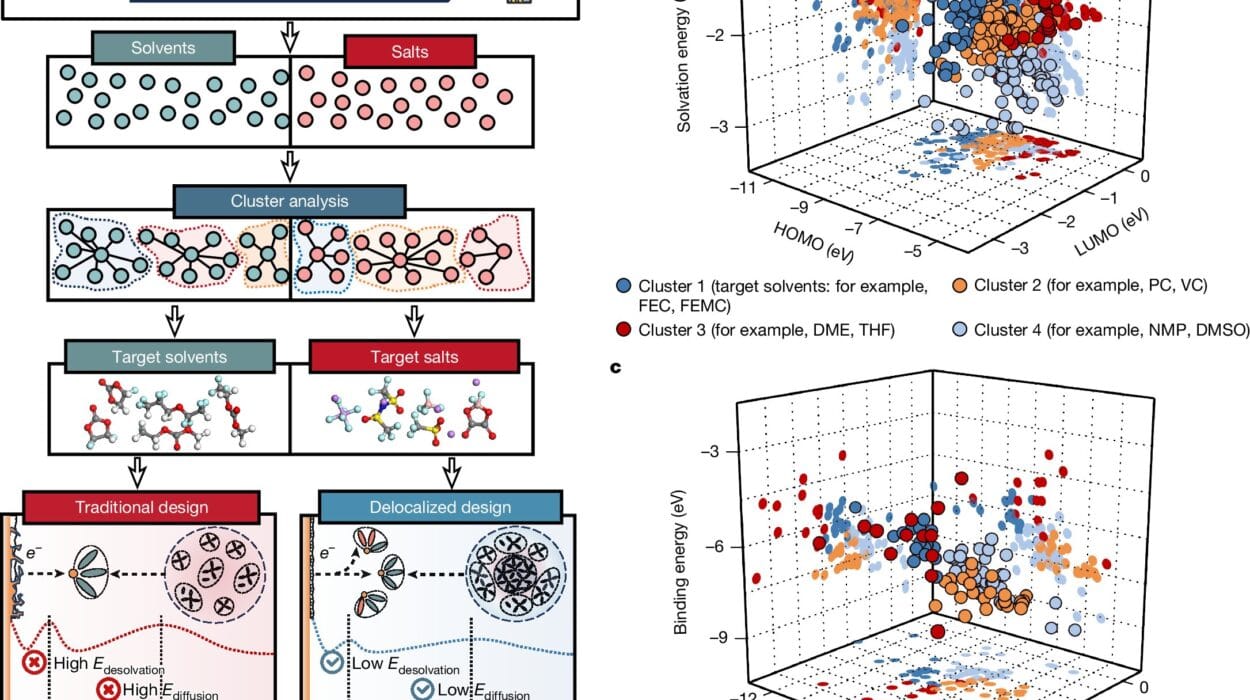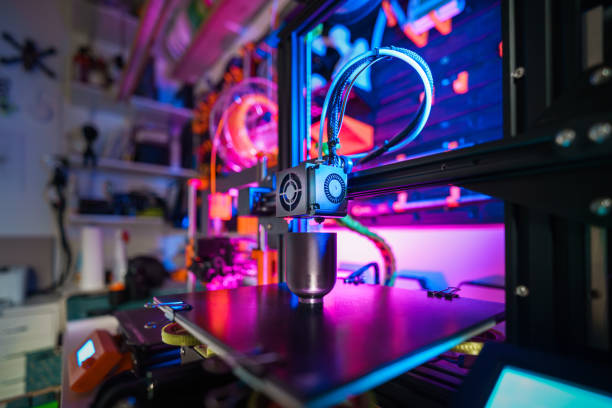The 21st century is being defined by artificial intelligence (AI) in much the same way the 20th century was defined by electricity and the combustion engine. AI is reshaping industries, revolutionizing economies, and transforming the way we interact with the world. From voice assistants and recommendation systems to autonomous vehicles and medical diagnostics, AI is not only a buzzword but a powerful force underpinning innovation across every domain.
If you’re considering a career in this thrilling and fast-moving field, you’re not alone. The allure of AI is strong—it’s intellectually stimulating, socially relevant, and economically promising. But it’s also a deeply complex domain that demands a unique combination of skills. A successful career in AI isn’t just about coding or crunching numbers; it’s about thinking in new ways, blending disciplines, and solving real-world problems.
In this article, we’ll explore five essential skills that form the backbone of a thriving career in AI. These aren’t just technical checkboxes; they are intellectual tools, mental habits, and creative strategies that prepare you for a journey at the edge of technological progress.
1. Programming and Software Development: The Language of Machines
Before AI can act, it must be told how. Programming is the foundational skill that allows humans to communicate with machines. In AI, this communication must be efficient, scalable, and adaptable. It’s not enough to write code; you must write code that can think, learn, and adapt.
The Role of Programming in AI
Programming in AI serves multiple purposes. It enables you to:
- Implement algorithms and data pipelines.
- Manipulate and preprocess large datasets.
- Train machine learning models using frameworks.
- Deploy AI models in real-world applications.
- Integrate AI functionality into larger systems.
AI doesn’t rely on a single programming language, but Python has emerged as the lingua franca. Its readability, vast libraries, and active community make it an ideal choice for AI projects.
Core Languages to Master
- Python: Essential for nearly every AI role. Libraries like NumPy, pandas, TensorFlow, PyTorch, and scikit-learn make Python the go-to language for machine learning and deep learning.
- R: Valuable for statistical modeling and data visualization.
- Java & C++: Often used in production-level AI systems for performance-intensive tasks, such as real-time processing.
- SQL: Crucial for querying structured data in relational databases.
Beyond Syntax: Software Engineering Principles
Being a good AI developer means being a good software engineer. AI systems are rarely solo efforts. You’ll often work in teams, maintain large codebases, and need to follow principles such as:
- Version Control (Git)
- Testing and Debugging
- Modular Design
- Continuous Integration and Deployment (CI/CD)
The ability to write clean, efficient, and maintainable code will not only make you more effective but also more employable.
2. Mathematics and Statistics: The Heartbeat of Intelligence
AI may be powered by data, but its logic is built on mathematics. Understanding the underlying math is like seeing the blueprint behind the machine—without it, you’re simply applying tools blindly.
Why Math is Crucial
Many AI aspirants attempt to skip the math, hoping that libraries and frameworks will handle the heavy lifting. But this is like trying to become a novelist by only studying grammar. Frameworks can help you build, but without understanding how models work, you won’t be able to improve, debug, or explain them.
Key Mathematical Domains
- Linear Algebra: The core of deep learning. Concepts like vectors, matrices, eigenvalues, and dot products are fundamental in everything from neural networks to image processing.
- Calculus: Especially differential calculus, which is essential for understanding how learning algorithms update their internal parameters.
- Probability and Statistics: Core to modeling uncertainty. Bayesian inference, distributions, sampling, and hypothesis testing form the backbone of probabilistic AI.
- Optimization: Machine learning is largely about finding the best parameters that minimize loss functions. Understanding gradient descent, convex optimization, and learning rates is key.
Developing Mathematical Intuition
What separates great AI practitioners from the average ones is mathematical intuition. Rather than memorizing formulas, understand the why behind them. Visualize concepts. Play with simulations. Ask what happens when assumptions are violated.
You don’t need a PhD in mathematics, but you need a strong working foundation. With it, you won’t just use AI—you’ll understand it.
3. Data Literacy: Seeing Patterns in Chaos
In AI, data is the lifeblood. Without data, algorithms are blind and lifeless. Yet, data is messy, incomplete, biased, and often overwhelming in scale. Being able to navigate this chaos—to see structure where others see randomness—is a superpower in AI.
What is Data Literacy?
Data literacy is the ability to read, analyze, clean, manipulate, and draw insights from data. It’s the bridge between raw input and intelligent output.
Skills Under the Data Umbrella
- Data Preprocessing: Removing noise, handling missing values, normalization, and transformation.
- Exploratory Data Analysis (EDA): Using statistical methods and visualization tools (like Matplotlib, Seaborn, or Plotly) to understand distributions, correlations, and anomalies.
- Data Wrangling: Dealing with different data types—text, images, audio, video—and converting them into formats suitable for models.
- Data Annotation and Labeling: For supervised learning tasks, annotated data is crucial. Knowing how to create, manage, and verify quality labels is essential.
Thinking Like a Data Scientist
AI isn’t just about building models—it’s about solving problems. A great AI practitioner asks:
- Is my data representative?
- Are there biases that need correction?
- What are the sources of noise or error?
- What story is the data trying to tell?
In many projects, 70% of the time is spent on data preparation. Mastering this skill isn’t just helpful—it’s non-negotiable.
4. Machine Learning and Deep Learning: The Engines of Intelligence
This is the heart of modern AI. Machine learning (ML) and deep learning (DL) are the tools that give machines the ability to learn from experience. While programming is the language and data is the fuel, ML and DL are the engines driving AI forward.
What is Machine Learning?
Machine learning is the science of creating algorithms that improve automatically through experience. It spans three broad categories:
- Supervised Learning: Learning from labeled data (e.g., image classification).
- Unsupervised Learning: Discovering patterns in unlabeled data (e.g., clustering).
- Reinforcement Learning: Learning by interacting with an environment and receiving rewards or penalties (e.g., game-playing AI like AlphaGo).
What is Deep Learning?
Deep learning is a subfield of ML based on neural networks—layered structures inspired by the brain. These models can learn complex patterns and relationships in vast datasets, enabling tasks like:
- Image recognition
- Natural language processing (NLP)
- Speech synthesis
- Generative models (e.g., DALL·E or ChatGPT)
Key Concepts to Master
- Algorithms: Linear regression, decision trees, SVMs, k-means, PCA, etc.
- Neural Networks: Backpropagation, activation functions, convolutional layers, recurrent networks.
- Model Evaluation: Accuracy, precision, recall, ROC curves, confusion matrices.
- Hyperparameter Tuning: Grid search, cross-validation, learning rates, dropout, batch size.
Frameworks and Tools
To apply these ideas in practice, get hands-on with libraries like:
- scikit-learn (for classic ML)
- TensorFlow and PyTorch (for DL)
- Keras (a user-friendly wrapper around TensorFlow)
Being able to understand how a model learns, why it succeeds or fails, and what to change to improve performance is the essence of AI craftsmanship.
5. Problem Solving and Domain Knowledge: Thinking Like a Human, Building for a Machine
It’s easy to get lost in the technical jungle of AI—algorithms, code, models. But at its core, AI is about solving problems. Not academic exercises, but real-world challenges that affect people, businesses, and societies.
Why Problem Solving Matters
AI isn’t valuable in isolation. It’s valuable when applied to a context: diagnosing disease, optimizing supply chains, predicting market trends, understanding language.
This means that great AI practitioners must understand:
- What problem is worth solving?
- Can it be solved with AI?
- What kind of data is needed?
- How will success be measured?
- What are the ethical or societal implications?
Being able to deconstruct a problem into AI-friendly components, design an experiment, and evaluate outcomes is a deeply human skill—and one that often separates great engineers from great innovators.
The Role of Domain Knowledge
No AI project exists in a vacuum. Whether you’re working in healthcare, finance, retail, or education, domain knowledge plays a vital role.
- In medicine, understanding diagnostic pathways and clinical constraints is crucial.
- In finance, recognizing the nuances of fraud, compliance, and risk is essential.
- In logistics, knowledge of supply chain dynamics enables more effective optimization.
You don’t need to be an expert in every domain—but you need to know how to ask the right questions, work with stakeholders, and translate domain needs into AI solutions.
Conclusion: The AI Journey is Just Beginning
The world of AI is vast, complex, and evolving. It rewards curiosity, resilience, and a lifelong commitment to learning. While the five skills outlined here—programming, mathematics, data literacy, machine learning, and problem solving—form the backbone of a successful career, they are not endpoints. They are entryways into a world where knowledge compounds, technologies emerge, and possibilities expand every day.
Starting a career in AI isn’t about mastering everything at once. It’s about building a foundation, exploring your interests, and gradually layering your skills like the neurons in a deep network.
Most importantly, it’s about thinking deeply, asking boldly, and building responsibly. AI is not just the next big thing—it’s the next many things. And with the right skills, mindset, and passion, you can be part of shaping its future.






